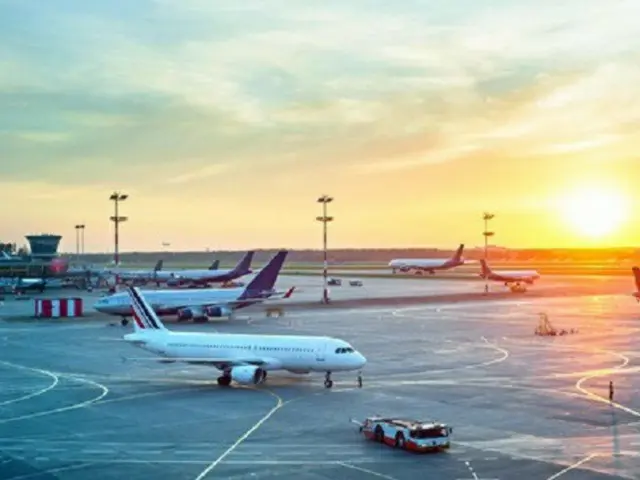This is believed to have boosted travel demand in Japan as well. Japan is usually hotter and more prone to typhoons than Korea in July and August, and travel to Japan is generally in a low demand slack period in the travel industry, except for some areas such as Hokkaido.
According to documents received by the office of Rep. Lee Yong-hee (Democratic Party) of the National Assembly's Land, Infrastructure and Transport Committee on the 8th from the Incheon International Airport Corporation and the Korea Airports Corporation,
In August, the number of passengers using international routes at airports in Korea (both inbound and outbound) was 15,699,000 (7,700,000 in July and 7,990,000 in September). This is 19.9% higher than the 13,090,000 passengers in the same period last year.
The increased figure is 97% of the pre-COVID-19 (2019) level. By region, Japan routes had the most passengers at 4.165 million (26.5%). The year-on-year increase was 18.5%, the highest overall.
While this figure was below the overall average (19.9%), it was a 25% surge compared to 2019, before COVID-19, shattering the previous notion that "July and August are the off-season for travel to Japan."
During the same period, Southeast Asia followed behind Japan with 4.248 million passengers, up 8% from the previous year. China routes, which have been showing a steady recovery recently, increased by 2.788 million passengers.
The number of cases in Southeast Asia and China was found to have recovered to 95.4% and 82.3%, respectively, compared to pre-COVID-19 levels.
The number of passengers on routes to the Americas increased by 16.3% compared to last year to 1,229,000, while the number of passengers on routes to Europe decreased by 0.2% to 879,000.
Europe in particular only recovered to 66.6% of pre-COVID-19 levels due to the aftermath of Russia's invasion of Ukraine and the slow recovery of air traffic compared to pre-COVID-19 levels.
By airport, Incheon International Airport accounted for an overwhelming 80% of the total with 12,419,000 passengers. Passengers using international flights at six regional international airports, including Gimpo Airport, were
The number of passengers increased by just over 20% to 3.279 million. Airlines as a whole showed an increase of around 10% during the same period, but the number of passengers increased by 10% for full-service carriers (FSCs) and low-cost carriers (LCCs).
According to the data, Korean Air (more than 3,019,000 passengers), Asiana Airlines (more than 2,079,000 passengers), and Jeju Air (1,470,000 passengers) had the highest passenger numbers in July and August of this year.
The number of international passengers fell by 7-14% compared to the previous year. Meanwhile, Jin Air (1.444 million passengers), T'way Airlines (1.175 million passengers), and Air Busan (766,000 passengers)
increased by 22 to 35 percent.
2024/09/08 21:34 KST
Copyrights(C) Edaily wowkorea.jp 78

